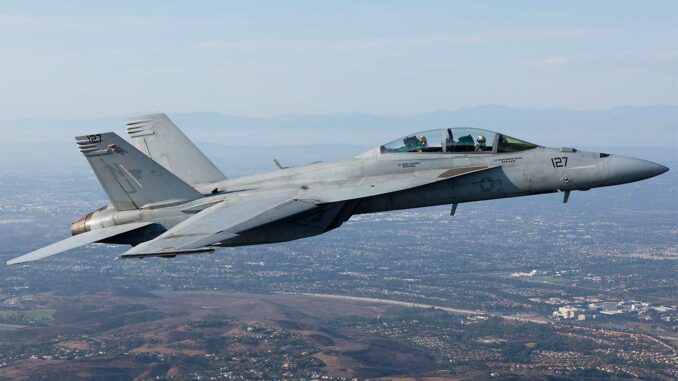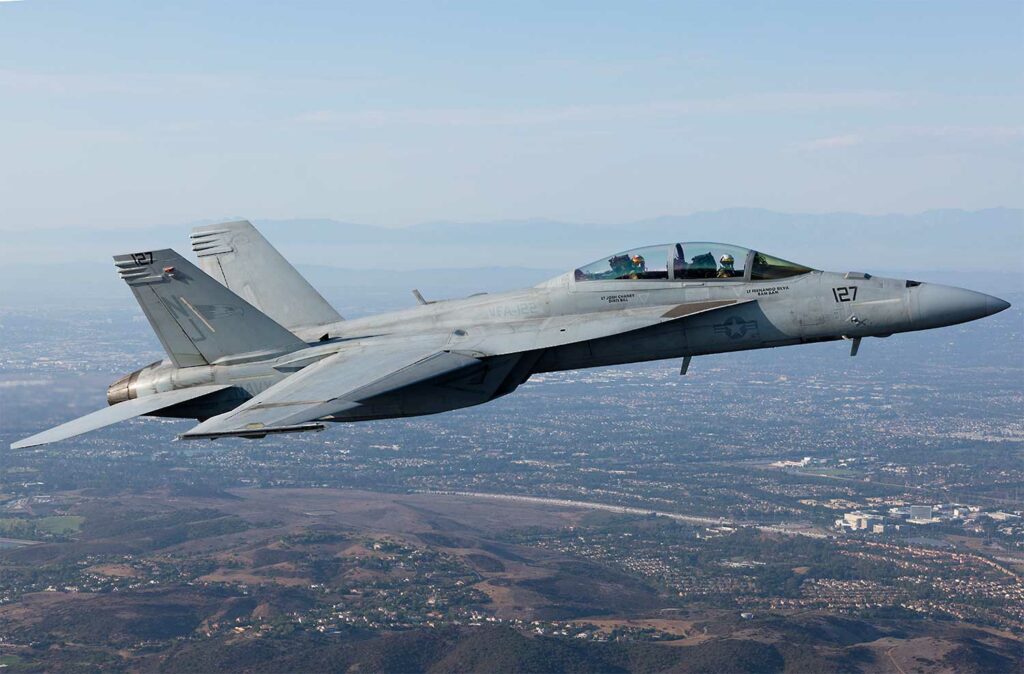
3,200 Boeing employees have been on strike since August 4, 2025, blocking the assembly of F-15 and F/A-18 fighter jets and delaying the F-47 program.
On August 4, 2025, approximately 3,200 employees at Boeing specializing in combat aircraft assembly went on strike at three sites in the United States (Missouri and Illinois). These employees, members of District 837 of the International Association of Machinists and Aerospace Workers, rejected Boeing’s contract offer, which included an average wage increase of 20% over four years, a $5,000 ratification bonus, and revisions to vacation and retirement benefits. In response to the rejection, Boeing activated its continuity plan, mobilizing non-union personnel to maintain critical assembly lines. This action aims to defend the financial security of workers’ families and their technical expertise in a strategic national defense sector. The immediate issue concerns the ongoing production of F-15 and F/A-18 fighter jets, as well as the ramp-up of the program for the future 6th generation aircraft, the F-47, whose manufacture is set to intensify at the St. Louis site.
Industrial and union context
Boeing is going through a critical period marked by increased union mobilization. This District 837 work stoppage comes less than a year after the 2024 strike by 33,000 machinists, which lasted seven weeks and resulted in a 38% wage increase, but also an estimated loss of revenue of between $5 billion and $10 billion for the aircraft manufacturer. This new strike is the first of its kind in Missouri since 1996 and the longest since then, lasting 99 days at McDonnell Douglas just before its merger with Boeing.
The average annual salary for these workers is estimated at $75,000, which Boeing proposed to increase to around $102,000 by the end of the contract, representing an overall increase of 40% including bonuses and pension changes. However, the unions consider this offer insufficient, particularly because the most experienced or senior workers would still be penalized in terms of hourly wage increases and flexible working hours.

The impact on military jet production
The operators affected by the strike are directly involved in the assembly of the F-15 Eagle and F/A-18 Super Hornet fighter jets, as well as the manufacture of the T-7A Red Hawk (trainer) and the MQ-25 Stingray refueling drone. The St. Louis site will eventually house the main production line for the F-47A, a sixth-generation aircraft selected by the US government in early 2025, with a target of 185 units to be produced.
If the conflict ends quickly, Boeing believes it can make up for the delays; however, any prolonged conflict could force the company to reschedule tests, delay deliveries to suppliers, and postpone maintenance phases, or even negotiate a schedule adjustment with the Pentagon. The group insists that the impact is much less significant than the October 2024 trade strike, while acknowledging a risk to upcoming quarterly figures.
Financial and reputational challenges
The Defense, Space & Security segment generates approximately 36% of Boeing’s total revenue, or nearly $23.9 billion in the previous fiscal year and $42 billion in the first half of 2025. Despite an improvement over the previous year, Boeing remains weakened by the costs associated with previous incidents: two crashes of the 737 Max in 2018-2019, flight failures in 2024, and a $1.1 billion penalty agreement negotiated in 2025 with the US authorities.
The group’s share price fell by around 1% at the opening on Monday, despite a positive stock market performance of +25% over 2025, a sign that investors believe the impact will be limited for the time being. However, this situation is fueling criticism of the company’s internal culture and the managerial leeway of the new CEO, Kelly Ortberg, who has been in office since July 2024.
Technical analysis and outlook
From an industrial perspective, the strike is affecting the high-tech supply chain. With 3,200 strikers, Boeing estimates that it can isolate critical operations thanks to redundant staff, suggesting that most of the work on stripping, assembling main sections, and integrating avionics systems could continue partially. However, finishing operations, final testing, and engine integration remain at risk.
The technical challenge is twofold: maintaining the ramp-up capacity of the F-47 and preserving the reliability of F-15 and F/A-18 deliveries. However, the Pentagon requires a high availability rate for its global support operations, making any delay potentially critical in a tense geopolitical context.
If the conflict lasts longer than two to three weeks, the company may have to request a postponement of contractual milestones or adjust related programs such as the T-7A or the MQ-25 drone. In addition, an open conflict could strengthen union influence in the national defense industry, prompting other unions to take similar action in other sensitive segments.
This strike by 3,200 skilled workers marks a moment of heightened tension: the wage demands come amid a recovery from a major strike in 2024, as Boeing attempts to restore its reputation and financial performance. The pressure on the F-15, F/A-18, T-7A and F-47 programs is real. Boeing says it has a business continuity plan in place, but the scale of the dispute and its duration will determine the real impact on schedules, costs and the relationship with the US customer. A quick resolution would limit the damage; conversely, a prolonged deadlock could thwart the manufacturer’s ambitions in the defense sector and alter the strategic dimension of the F-47 program.
In this complex technical and social context, the future of Boeing’s fighter jet production will depend as much on the outcome of the negotiations as on the company’s ability to reconcile industrial needs and wage demands.
War Wings Daily is an independant magazine.